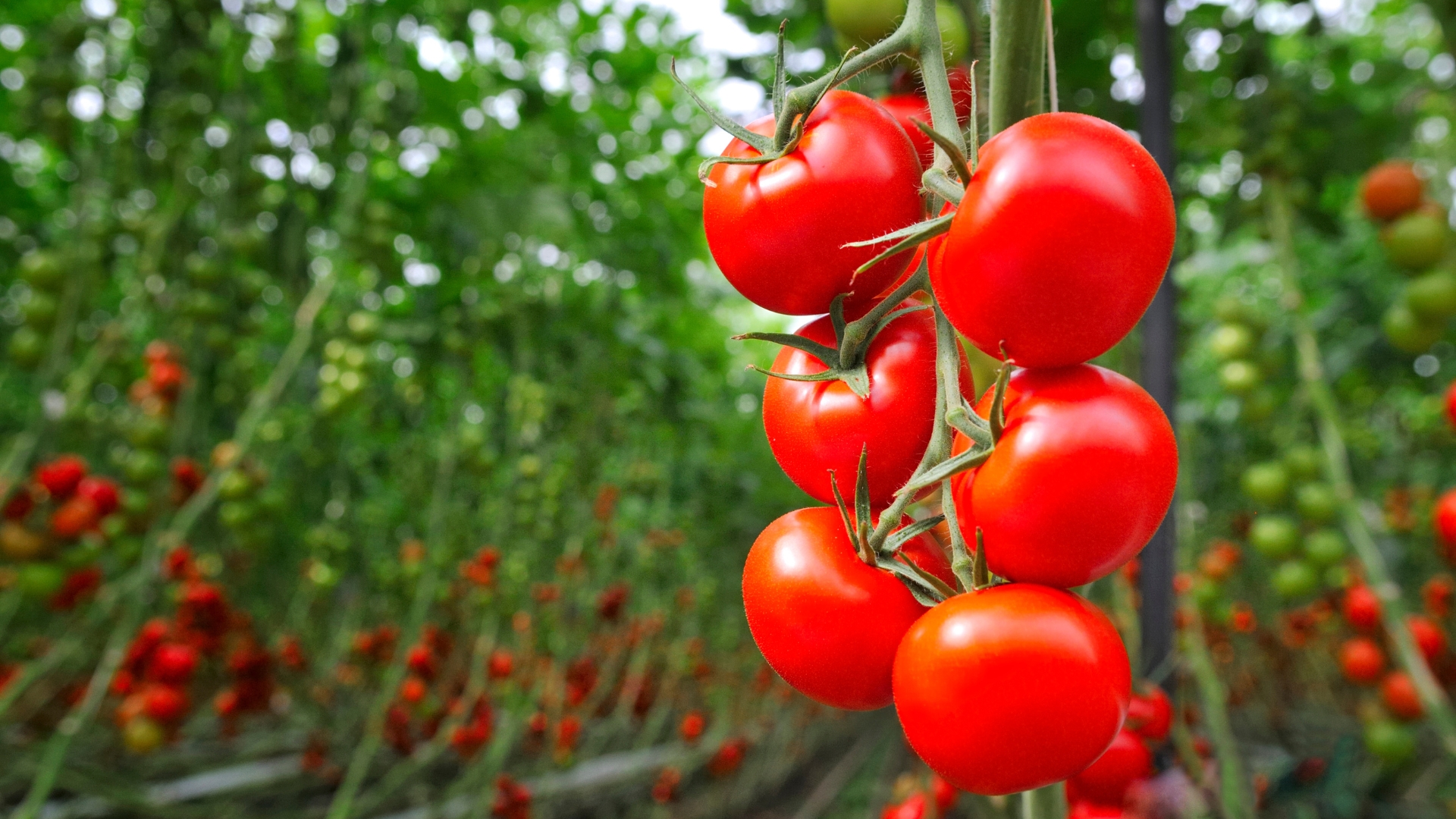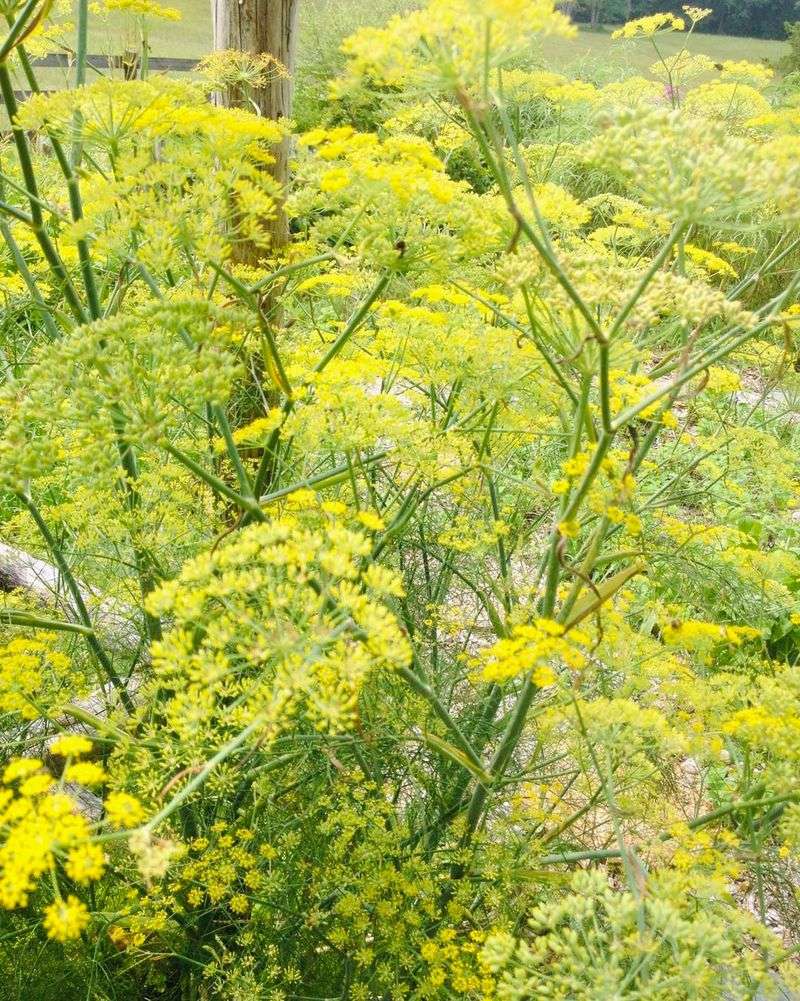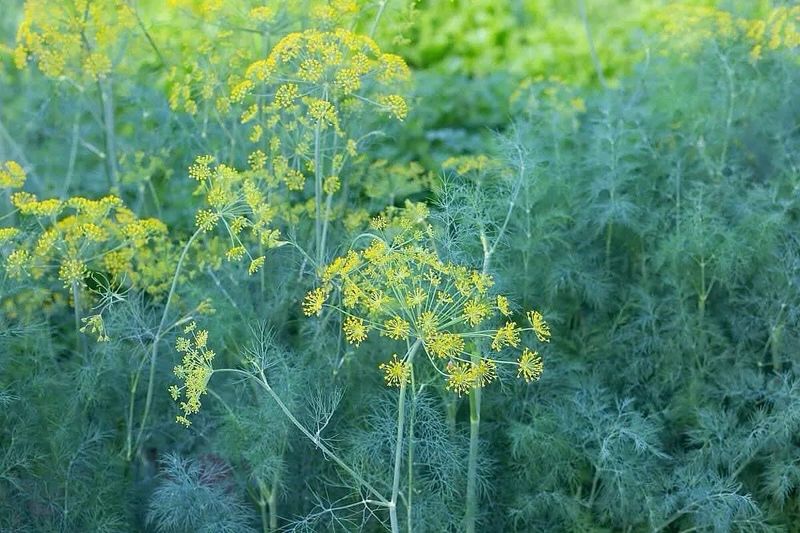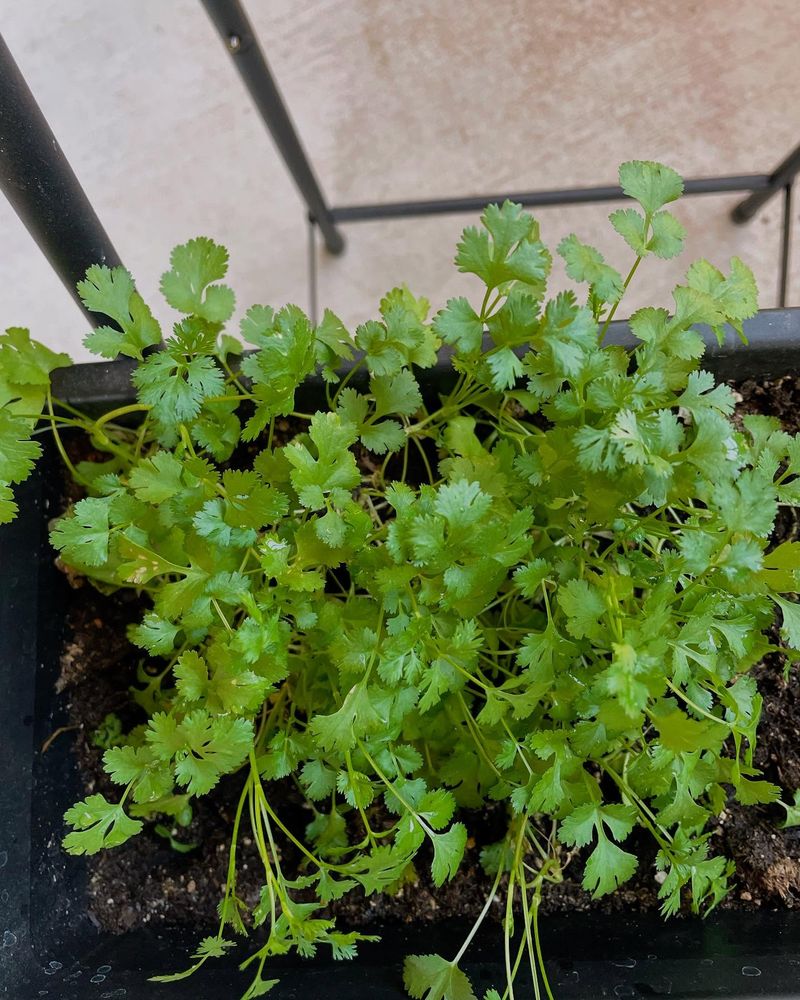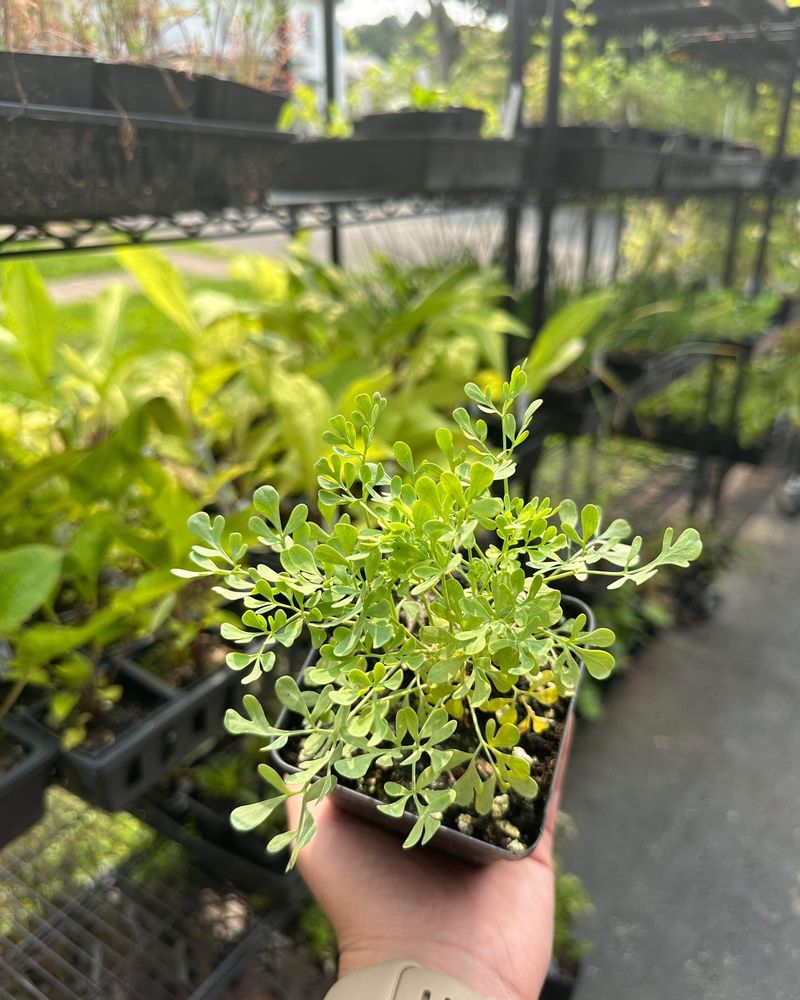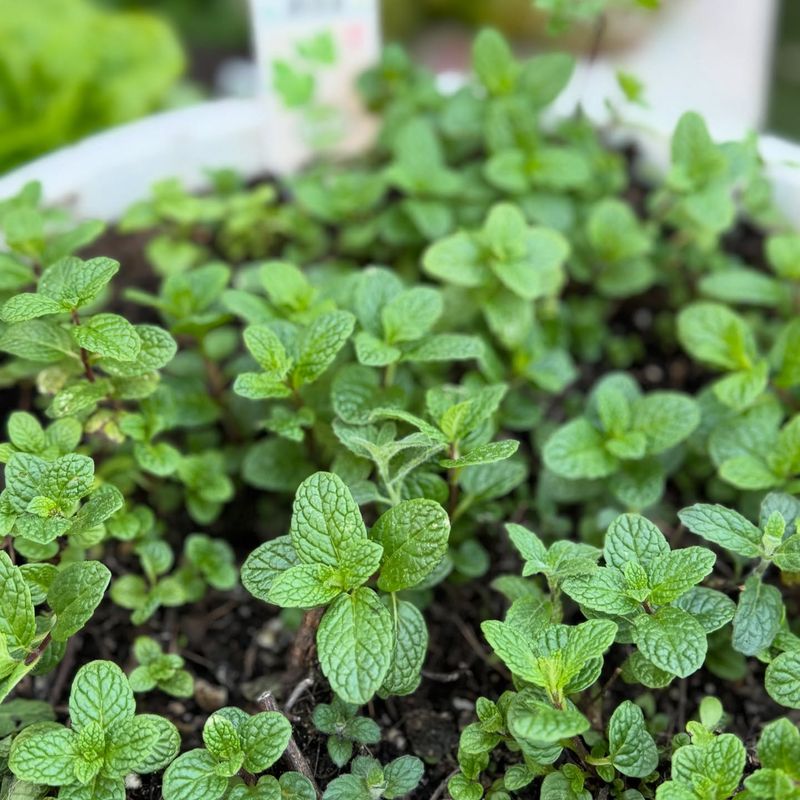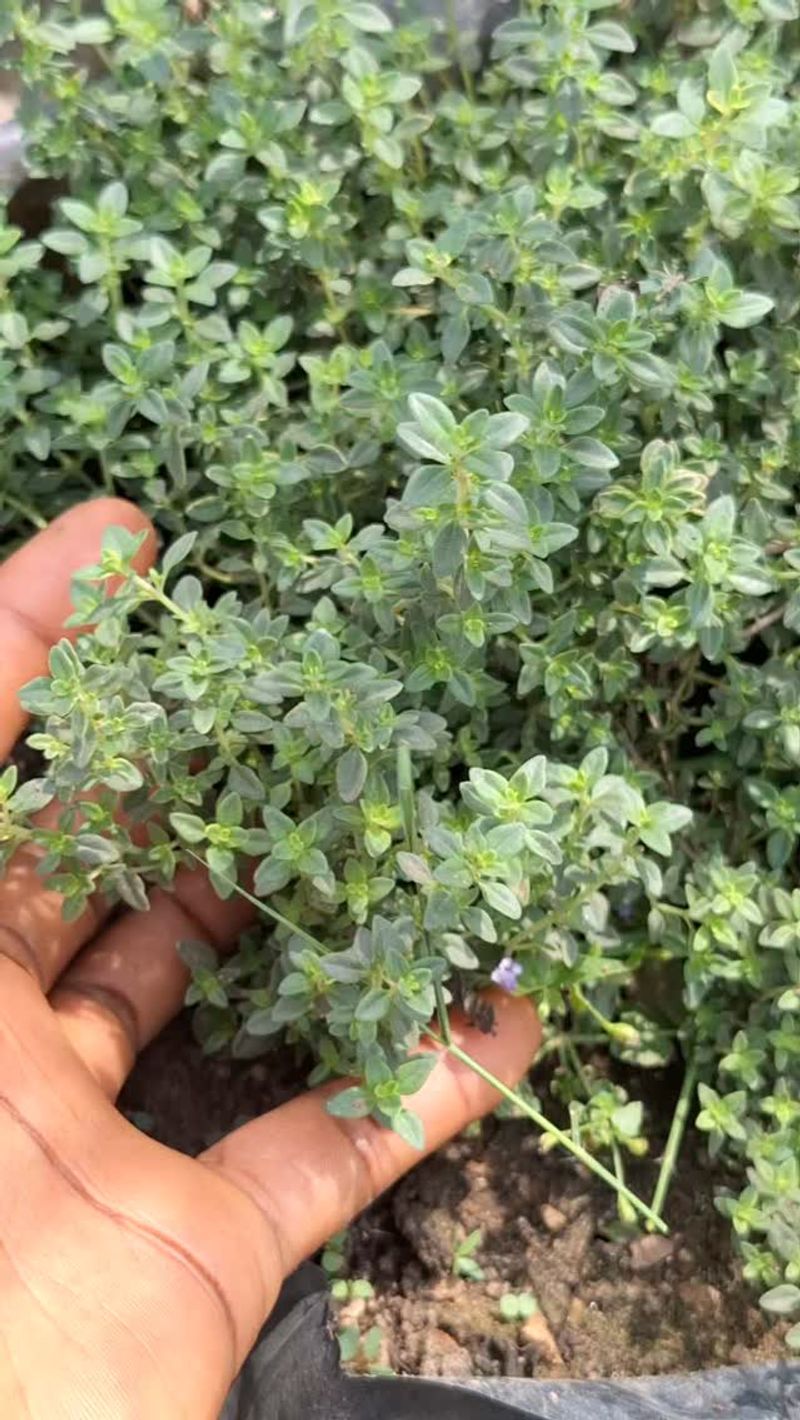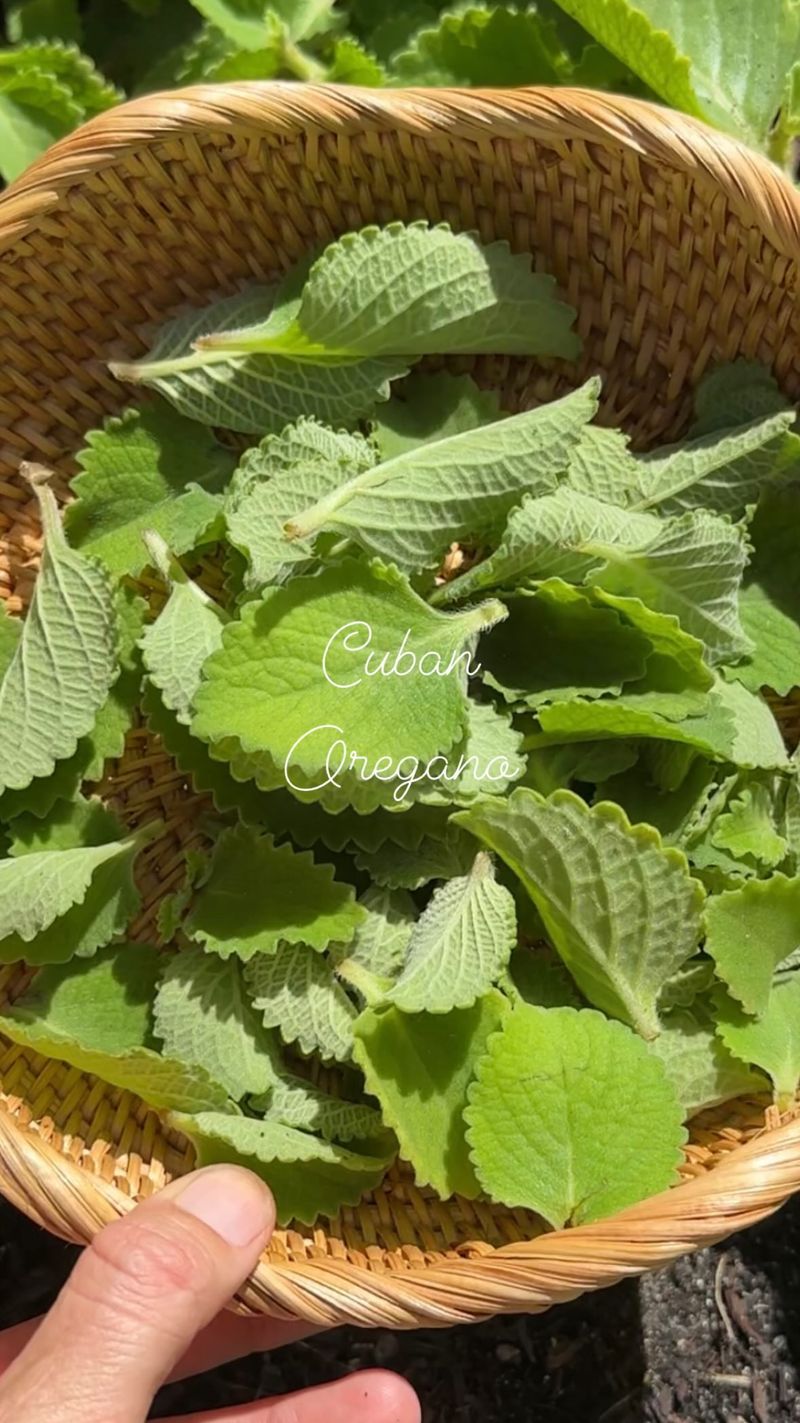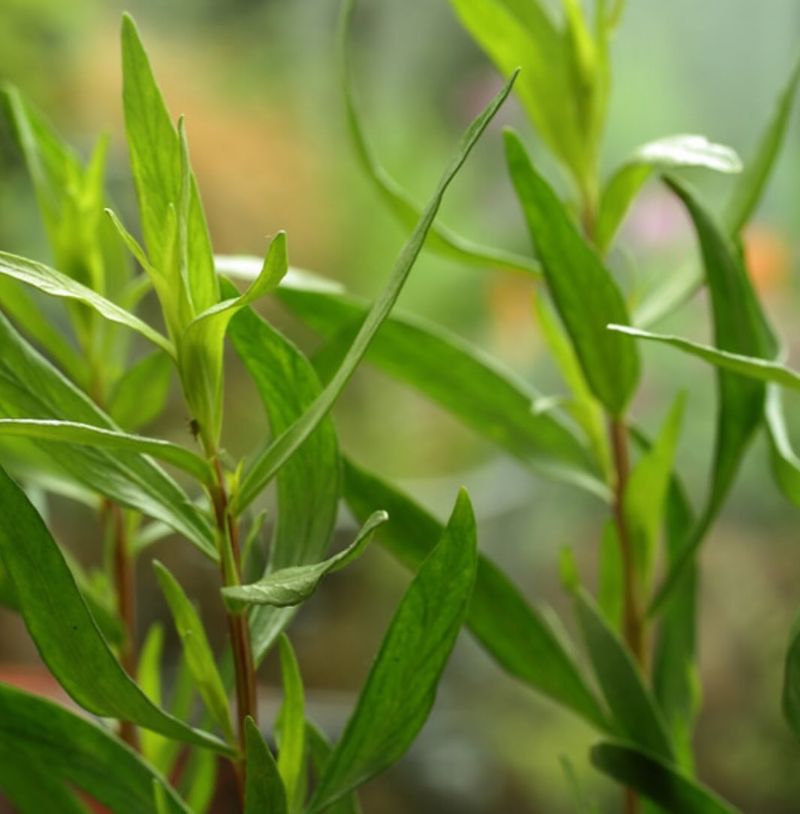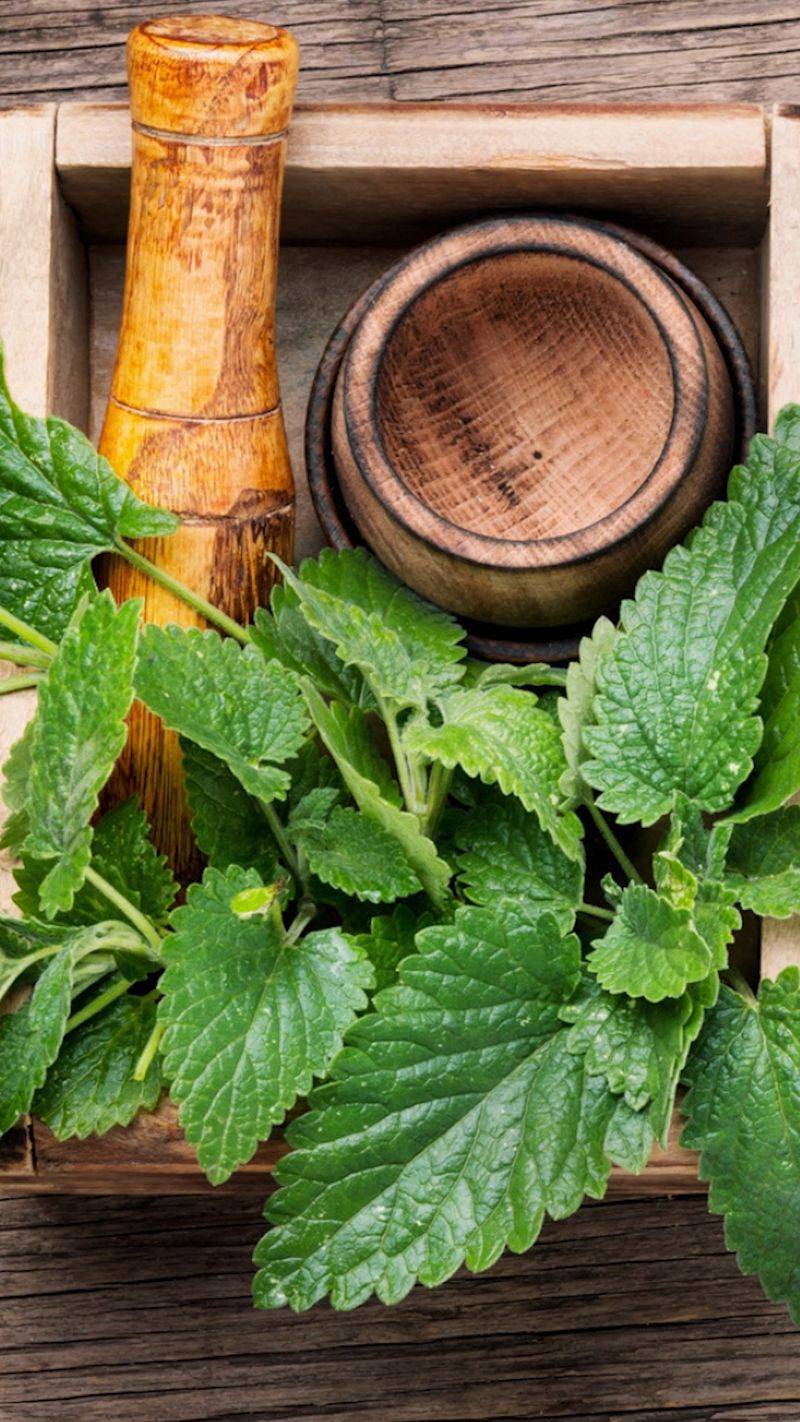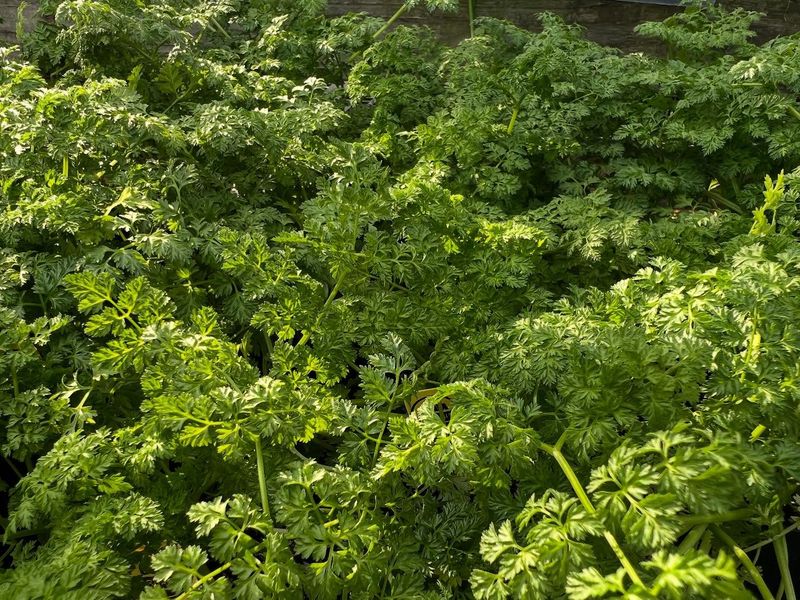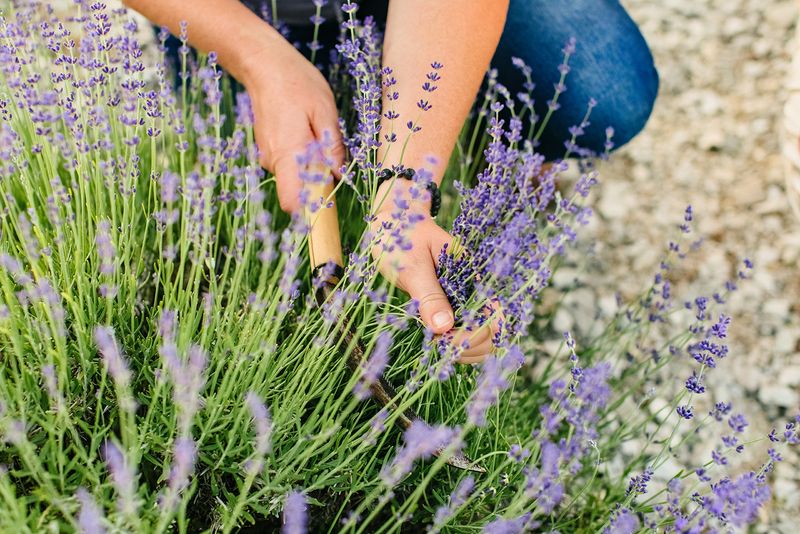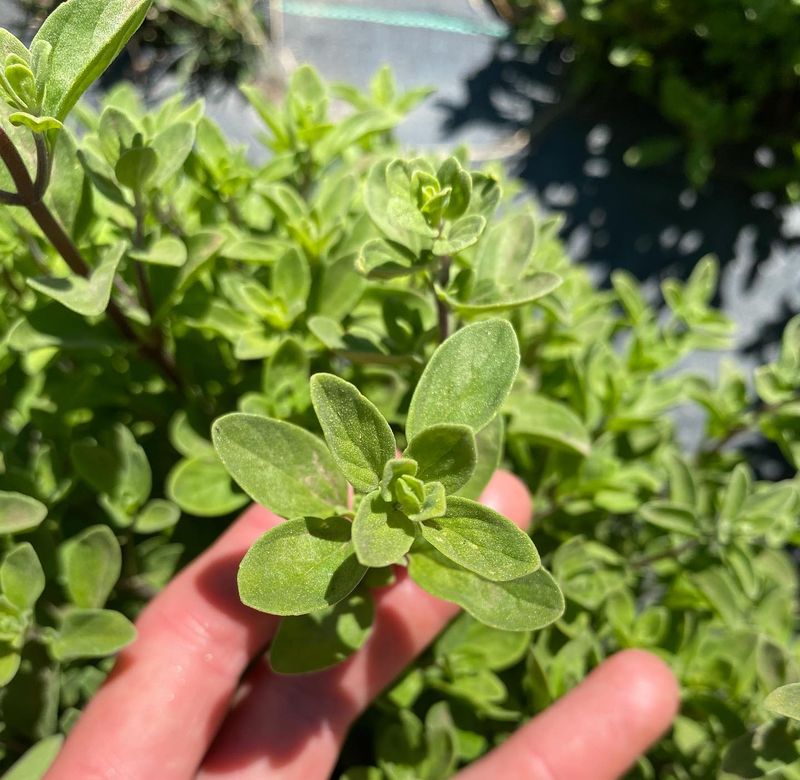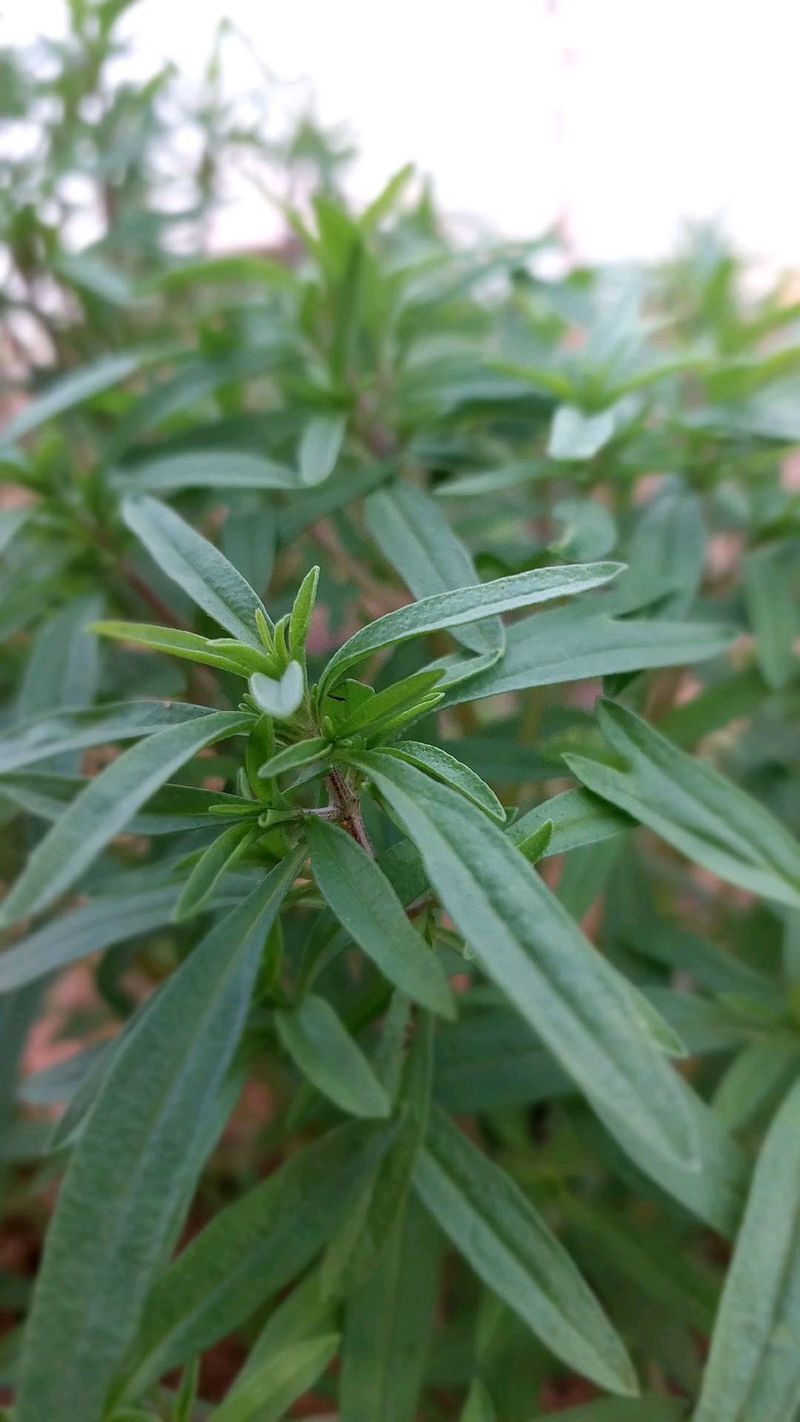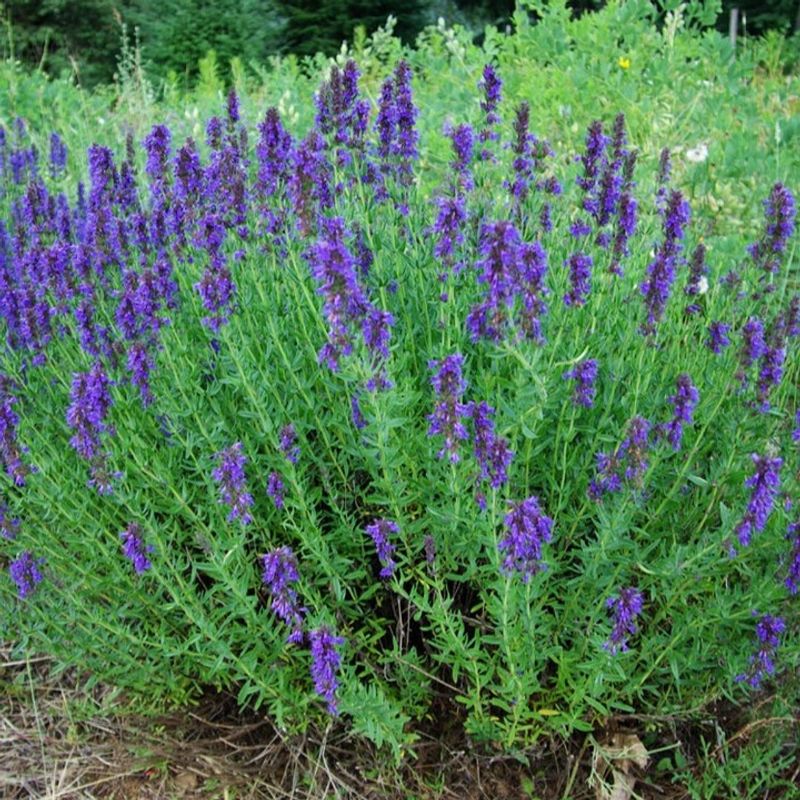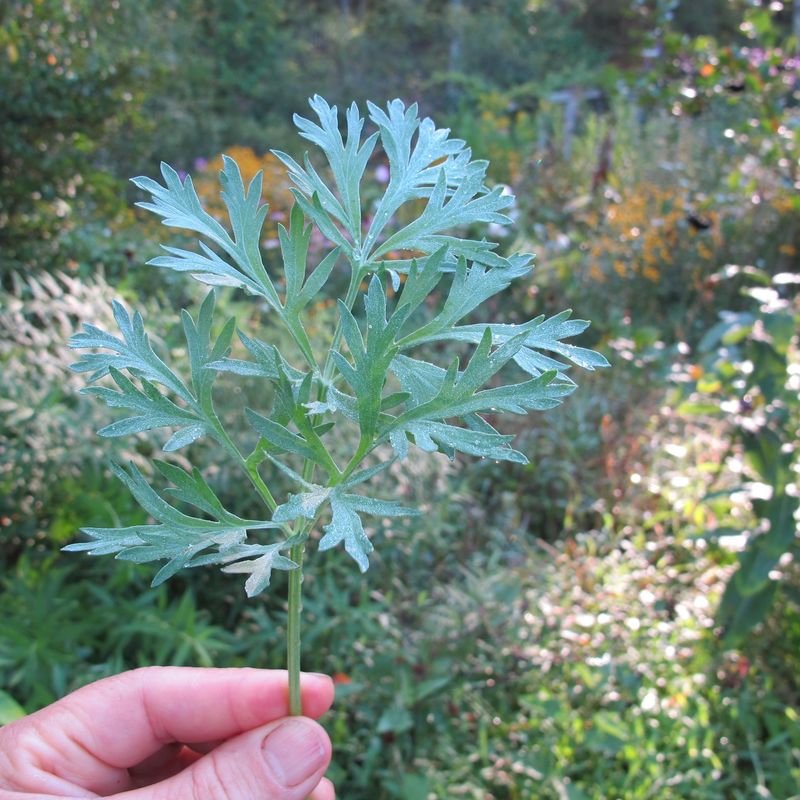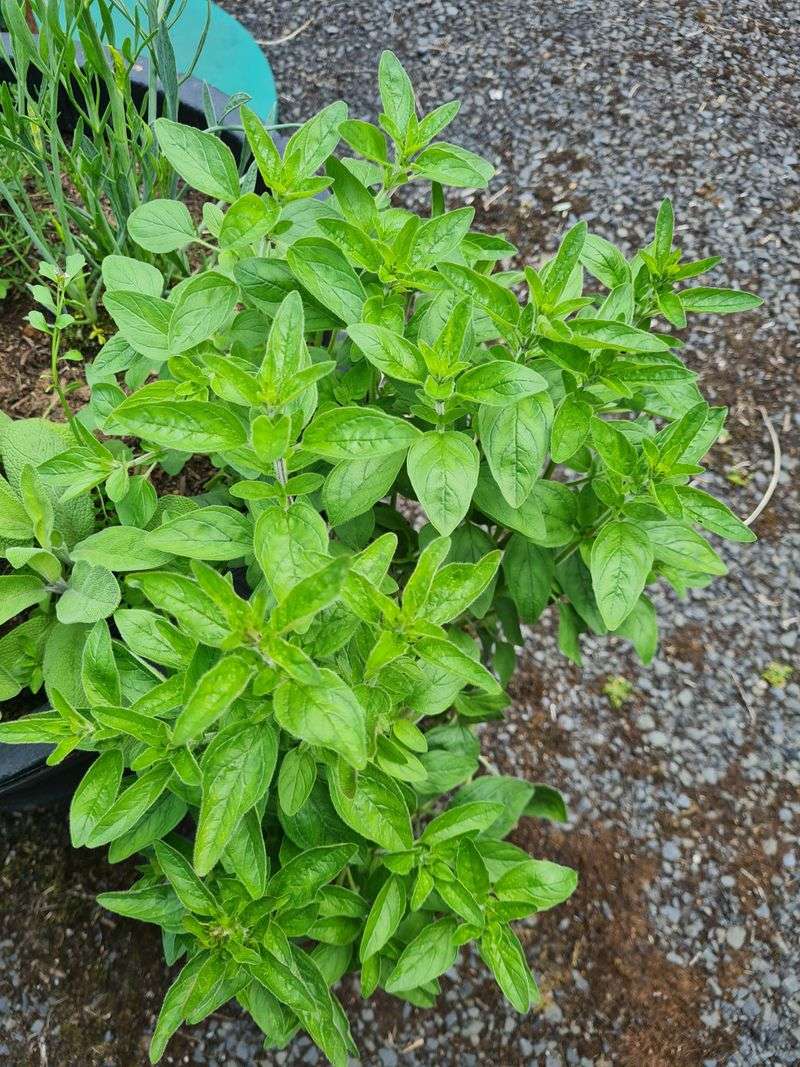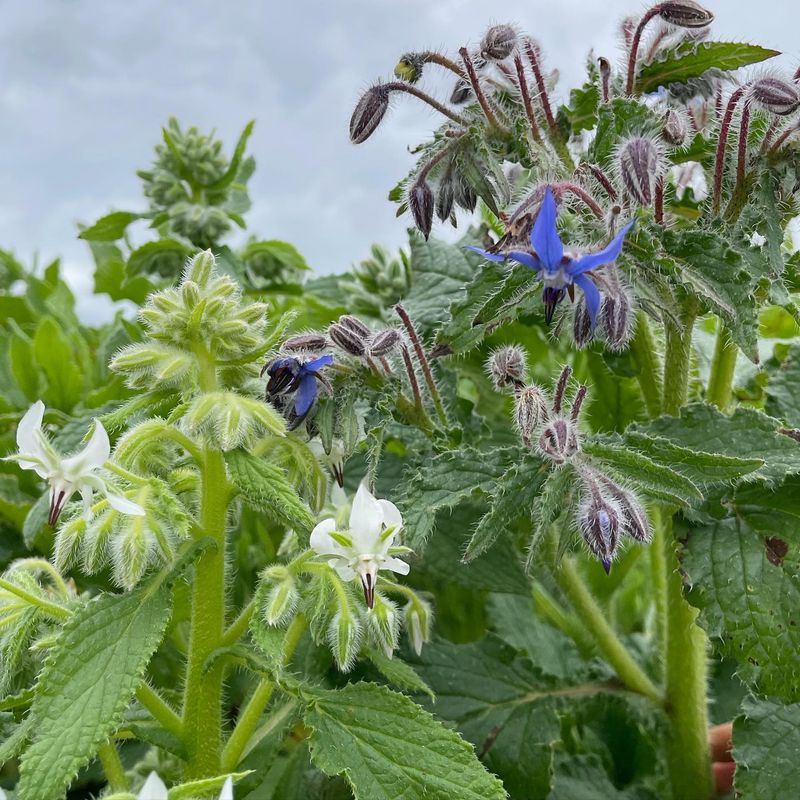Tomatoes can be a little picky about their neighbors, and I’ve learned that the hard way. Some herbs seem harmless but end up causing more trouble than they’re worth when planted nearby.
I used to wonder why my tomato plants looked off—turns out, a few herbs were the quiet culprits. These 20 are best kept at a distance if you want a strong, healthy crop.
Trust me, a little planning now can save you a whole lot of frustration later.
1. Fennel
The feathery fronds might look innocent enough, but fennel is notorious for releasing chemicals that inhibit growth in nearby plants. These compounds can significantly reduce tomato development and fruit production.
Gardeners often call fennel the “garden bully” because it doesn’t play nice with most vegetables. Keep this licorice-scented herb at least 20 feet away from your tomato patch for best results.
2. Dill (When Mature)
Young dill plants actually benefit tomatoes by attracting beneficial insects. However, mature dill becomes competitive and can hamper tomato growth significantly. The timing matters tremendously here.
Once dill flowers, it releases compounds that may stunt tomato development. Many gardeners recommend harvesting dill before it reaches full maturity if you’ve planted it near your tomato patch.
3. Cilantro/Coriander
Despite being a kitchen garden favorite, cilantro can be problematic when planted too close to tomatoes. The herb attracts similar pests, particularly aphids, which can quickly spread to your tomato plants.
Additionally, cilantro bolts quickly in hot weather – the same conditions tomatoes love. Once it goes to seed, it can self-sow aggressively, competing with your tomatoes for nutrients and space.
4. Rue
This old-fashioned herb contains powerful compounds that can significantly inhibit tomato growth. Some gardeners report tomato plants wilting within days of planting rue nearby – that’s how strong its effect can be!
Rue also causes skin irritation in many people, making harvesting your tomatoes potentially uncomfortable. Keep this medicinal herb in a separate section of your garden entirely to avoid these negative interactions.
5. Sage
The aromatic oils that make sage so wonderful in cooking can suppress tomato growth when planted too closely. Many gardeners notice smaller fruit production and delayed ripening when these plants share space.
Sage is also quite thirsty and can compete aggressively for water resources. For best results, keep this Mediterranean herb at least three feet away from your tomato plants to prevent root competition.
6. Mint
Anyone who’s grown mint knows how invasive it can be, quickly taking over garden beds with its vigorous runners. These aggressive roots will compete with tomatoes for nutrients, water, and space.
Mint also creates dense shade with its foliage, preventing tomatoes from receiving adequate sunlight. Always grow mint in containers, even when buried in the garden, to prevent it from strangling your precious tomato plants.
7. Rosemary
While rosemary’s strong scent can deter some tomato pests, this woody herb has different growing requirements that clash with tomato needs. Rosemary prefers dry, almost drought-like conditions while tomatoes need consistent moisture.
The resinous compounds in rosemary can also accumulate in soil over time, potentially inhibiting tomato growth. If you must grow them in the same vicinity, keep at least two feet between plants.
8. Thyme (Certain Varieties)
Not all thyme varieties cause problems, but some of the more potent types release compounds that can stunt tomato growth. Common thyme and lemon thyme are particularly known for this effect when planted too closely.
The strong essential oils that make thyme valuable in cooking can accumulate in soil. Many gardeners notice that tomatoes planted where thyme previously grew show reduced vigor and fruit production.
9. Oregano
Mature oregano plants develop woody stems and extensive root systems that compete aggressively with nearby tomatoes. The Mediterranean herb can quickly outpace young tomato plants, stealing valuable nutrients from the soil.
Oregano also attracts the same pollinators as tomatoes, potentially reducing fruit set. Consider growing oregano at least three feet away from tomato plants or in containers to minimize these competitive effects.
10. Tarragon
French tarragon produces allelopathic compounds that can inhibit seed germination and plant growth in neighboring plants, including tomatoes. The herb’s extensive root system also competes for the same nutrients tomatoes need.
The shade created by mature tarragon plants can prevent tomato seedlings from receiving adequate sunlight. Maintain at least three feet between these plants to minimize growth interference.
11. Lemon Balm
Much like its mint family relatives, lemon balm spreads aggressively through both seeds and runners. Before you know it, this citrus-scented herb can overtake a garden bed, suffocating your tomato plants.
Lemon balm also attracts certain pests that can damage tomatoes. Growing this herb in containers prevents it from competing with your tomato crop while still allowing you to enjoy its calming properties.
12. Anise
Similar to fennel, anise contains compounds that can inhibit root development in neighboring plants. When grown too close to tomatoes, it can significantly reduce fruit production and overall plant vigor.
Anise and tomatoes also attract different beneficial insects, creating potential competition for pollinators. Keep these plants in separate garden beds to ensure both thrive without negative interactions.
13. Chervil
This delicate herb with fern-like foliage may look harmless, but it can be surprisingly competitive with tomatoes. Chervil’s preference for cool, shady conditions directly conflicts with tomatoes’ love of heat and sun.
When planted together, one will inevitably suffer. Chervil also self-seeds prolifically, potentially overwhelming young tomato seedlings before they can establish strong root systems.
14. Lavender
The strong oils in lavender that give it that wonderful scent can inhibit growth in neighboring plants. These compounds accumulate in soil and may reduce germination rates and slow development in nearby tomatoes.
Lavender’s preference for dry, almost drought-like conditions also conflicts with tomatoes’ need for consistent moisture. Plant these purple-flowering herbs at least four feet from your tomato patch to avoid water competition.
15. Marjoram
Though related to oregano, marjoram has its own set of issues when planted near tomatoes. This herb attracts many of the same pests that plague tomato plants, potentially increasing your pest management challenges.
Marjoram also competes for the same soil nutrients that tomatoes need for fruit production. Keep them separated by at least two feet, or grow marjoram in containers to enjoy both plants without competition issues.
16. Savory (Summer)
Summer savory might enhance tomato flavor in cooking, but in the garden, it can be problematic. This annual herb attracts certain types of aphids that can quickly spread to tomato plants when grown too closely together.
The herb also competes for the same pollinators as tomatoes during critical flowering periods. Plant summer savory at least two feet away from tomatoes to minimize pest transfer while still keeping it close enough for kitchen harvests.
17. Hyssop
While hyssop attracts beneficial pollinators, it also draws cabbage moths that can damage nearby plants. These pests may not target tomatoes directly, but their increased presence in the garden creates additional pest pressure.
Hyssop also grows quite tall and bushy, potentially shading young tomato plants. Keep this medicinal herb at least three feet from your tomato patch to prevent light competition while still benefiting from its pollinator-attracting flowers.
18. Wormwood
Few herbs are as problematic for tomatoes as wormwood. This medicinal plant contains powerful compounds that actively suppress growth in nearby plants – a natural defense mechanism that works too well in garden settings.
Even after wormwood is removed, its growth-inhibiting residues can remain in soil for months. Keep this silvery-leaved herb in a completely separate garden area, at least 10 feet from your precious tomato plants.
19. Pennyroyal
This powerful member of the mint family contains compounds that can inhibit growth in neighboring plants. When planted near tomatoes, pennyroyal’s aggressive nature can lead to smaller fruit production and reduced plant vigor.
Like other mints, pennyroyal spreads rapidly through underground runners. Always grow this insect-repelling herb in containers, even when buried in the garden, to prevent it from overwhelming your tomato plants.
20. Borage (When Overcrowded)
Borage actually makes a good tomato companion in small amounts, attracting pollinators with its beautiful blue flowers. However, this herb self-seeds so prolifically that it can quickly overcrowd tomato plants if not managed carefully.
The large, fuzzy leaves create dense shade that can block sunlight from reaching tomato seedlings. Limit borage to just one or two plants per tomato bed, and remove volunteer seedlings promptly to prevent overcrowding.

